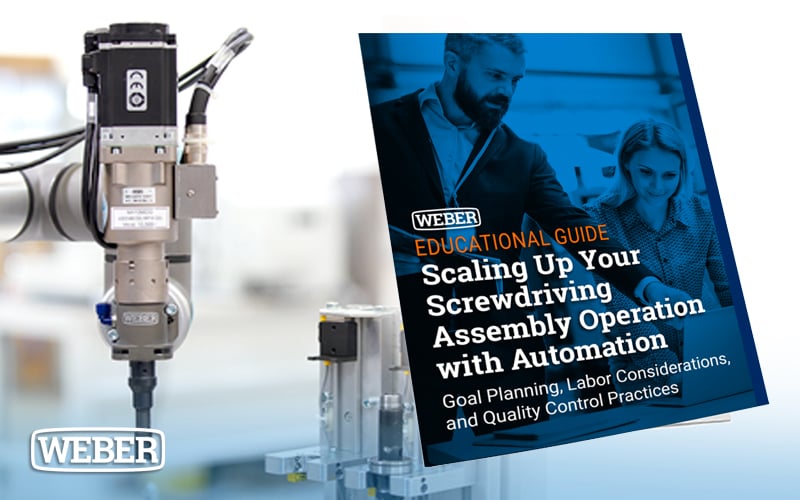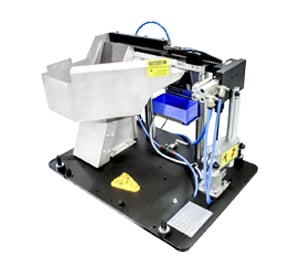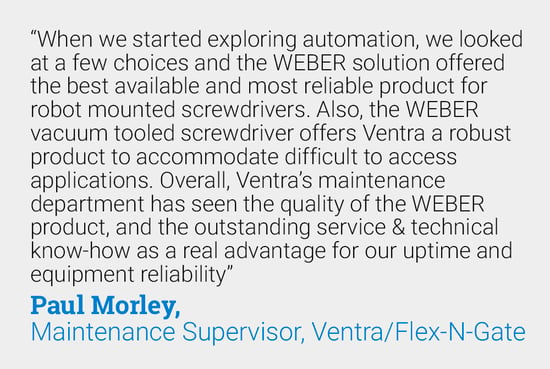2 min read
Scaling Up Your Screwdriving Assembly Operation with Automation
By: Carey Dupuy Sep 5, 2023 8:30:00 AM

With a positive economic outlook and consumer spending sentiments on the rise, manufacturers still face a combination of old and new barriers when attempting to scale their operations. In high-complexity manufacturing industries, rising capital costs, access to talent, and demand shift – along with lingering supply chain constraints – are now the biggest obstacles to growth.
Even manufacturers who have strong financial and strategic incentives to grow production capacity are struggling to overcome barriers such as an aging workforce, high numbers of employee resignations, and a widening skills gap. According to the National Association of Manufacturers (NAM), there were 779,000 manufacturing jobs open at the end of 2022. In their latest survey, they found:
- The majority of manufacturers (75%) believe accessing talent is the biggest challenge they face today.
- Investment in automation technologies is now a strategic priority for almost two-thirds (65%) of manufacturers.
- At least half (50%) believe that addressing the current skills gap should be an industry-wide priority.
- Source: NAM
Research from Deloitte suggests that if these circumstances persist, 2.1 million manufacturing jobs will go unfulfilled by 2030. To avoid the impact that any protracted job openings will have on operations, manufacturers need to invest in robust automation technologies that reduce their labor dependency.
This eBook will discuss the three main factors that manufacturers have to consider if they want to optimize the scale-up trajectory of their screwdriving assembly operations. McKinsey warns that most scale-up journeys in high-complexity manufacturing organizations don’t deliver the required capacity growth and often result in costly investments of time and effort to implement.
An optimized scale-up trajectory will:
- Have precise demand management and forecasting.
- Address the labor shortages in the job market.
- Include quality control practices that mitigate product liability risks.
Integrating an automated feeding and screwdriving system eliminates the need for manual operators to hand pick, place, and drive screws during assembly operations.
SIMPLY FILL OUT THE FORM TO DOWNLOAD YOUR COPY AND LEARN MORE!






